Laigh Milton Viaduct
Laigh Milton Viaduct
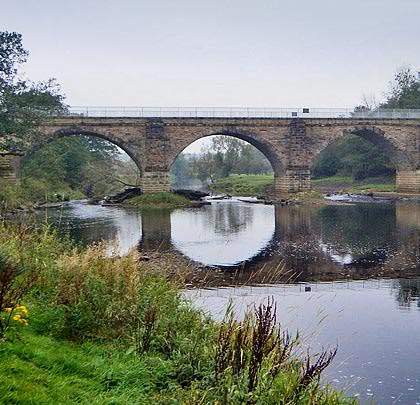
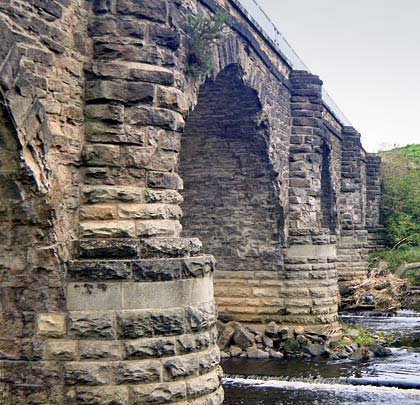
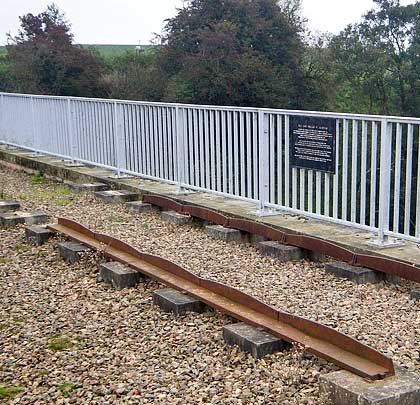
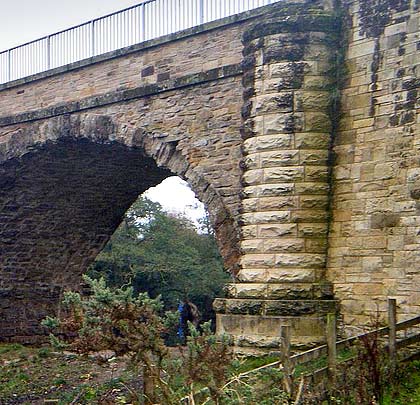
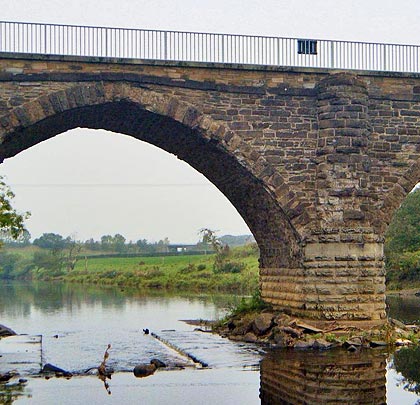
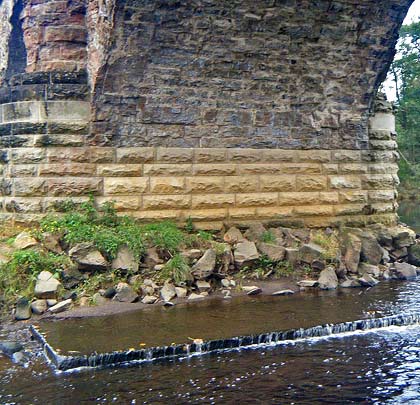
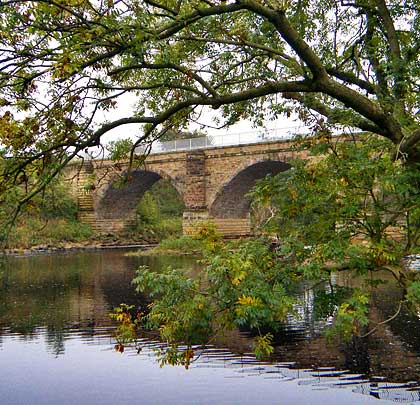







The Kilmarnock & Troon Railway was built by the Duke of Portland to convey coal to Troon Harbour from collieries around Kilmarnock. It is of historical note as it was the first line in Scotland both to be authorised by an Act of Parliament and use a locomotive.
On reaching the River Irvine, the line crossed a low viaduct of four arches. Built in 1811 and opened on 6th July 1812, it claims the title of Scotland’s oldest surviving railway viaduct. But it wasn’t operational for long. In 1846, the line was realigned onto a timber structure around 100 yards further south. In turn, 1865 saw this replaced by another viaduct which remains operational today.
Laigh Milton Viaduct is 270 feet long and reaches a height of 25 feet above the water. Each span is of 40 feet with 9-foot wide piers between them. These were erected within cofferdams so as not to impact on operations at the nearby mill. The most western pier is founded on a hardwood platform about 6 feet below normal river level.
The spandrels are constructed from coarse rubble masonry, resting on the extrados of the undressed arches. Some lateral support is provided by the cutwaters which were extended upwards to form semi-circular buttresses. The cavity above the arches was filled with a clay/gravel mix which probably contributed to some buldging of the spandrels. The second arch from the west side has been severely distorted.
Between 1992-96, the structure was restored at a cost exceeding £1 million and invasive vegetation was removed. Given its significance, it should be of no surprise that the viaduct has a Grade A listing.







